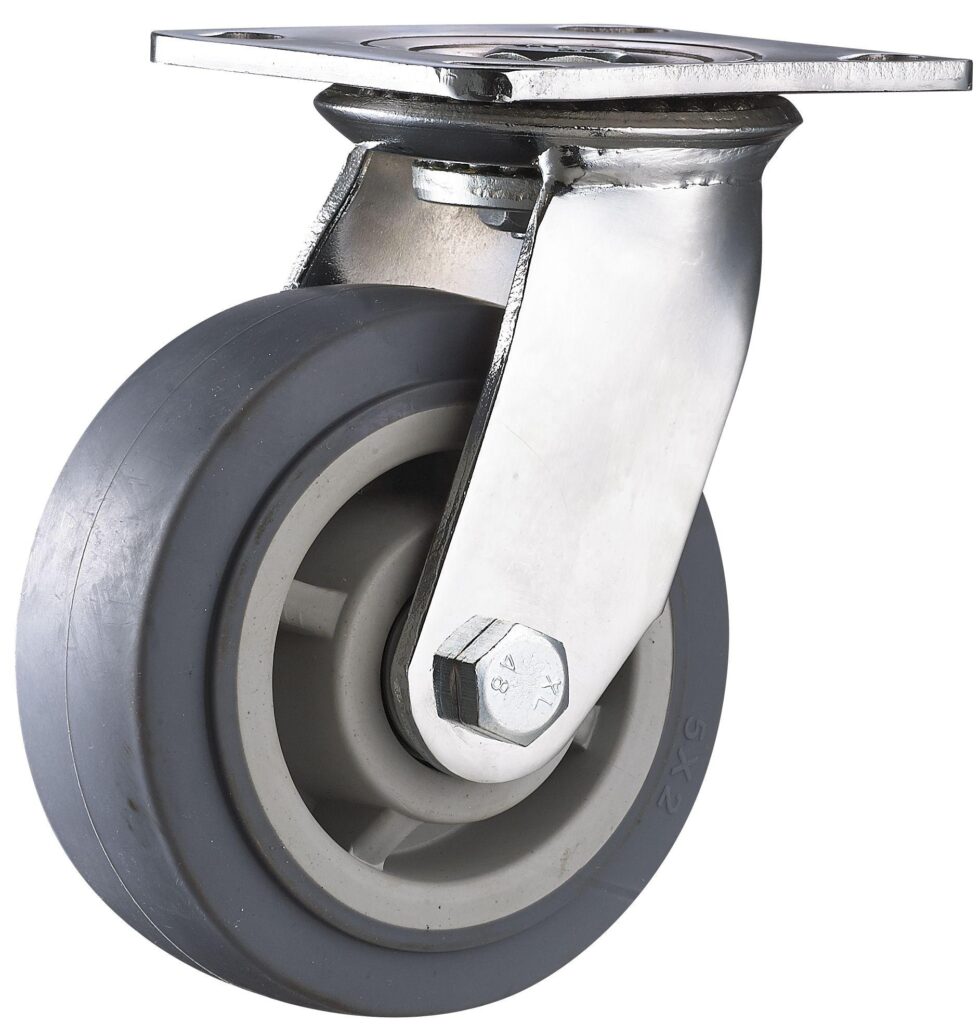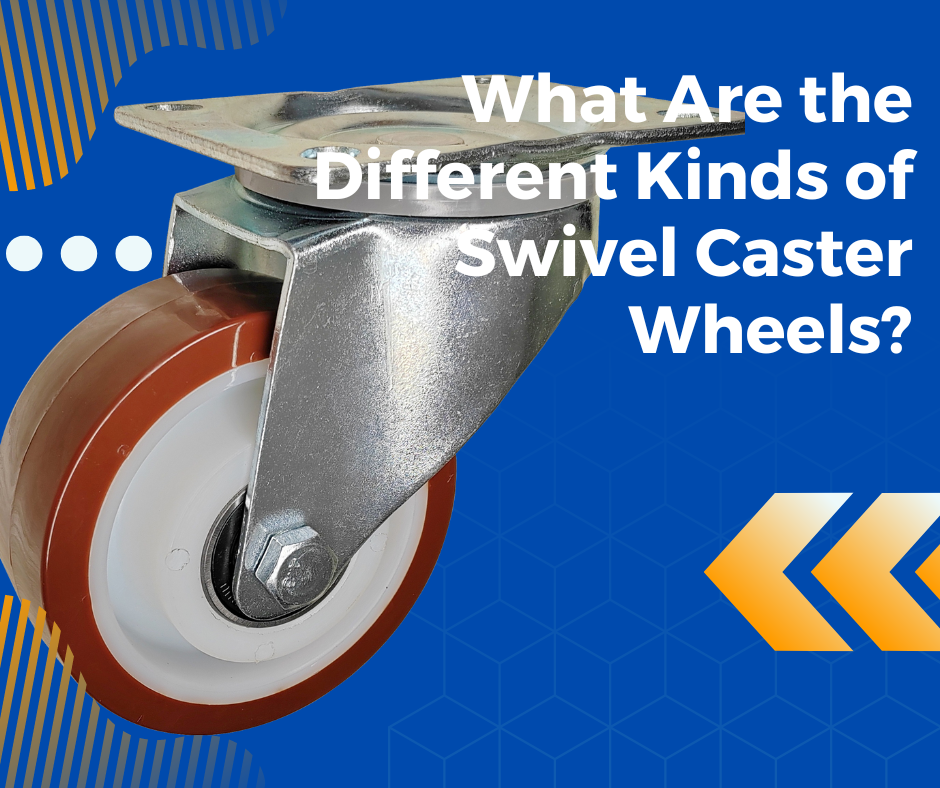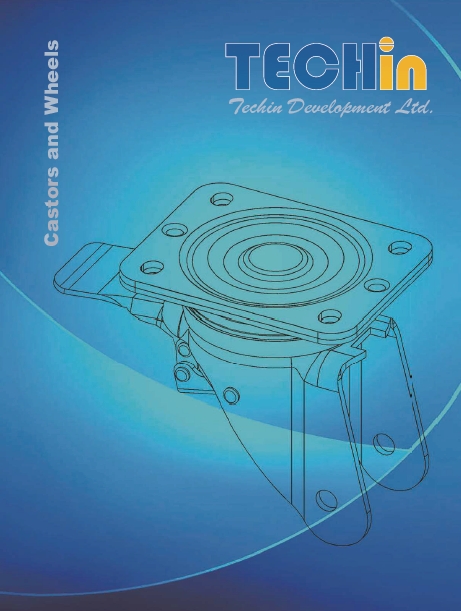Casters enable the transport of everything from shopping carts to heavy machinery with ease. But have you ever wondered about the science that goes into these deceptively simple wheels? This article will take a closer look at the mechanics behind the caster’s mobility, how they bear loads, and what makes them work so effectively.
2. Understanding the Basics of Casters

At its core, a caster is a wheeled device typically mounted to the bottom of larger objects. This allows for easier and more efficient movement. The basic principle behind how casters work is simple: reduce friction to make the movement of an object easier. Casters do so by rolling, which requires less force than dragging the entire surface area of an object across the ground.
3. Core Components of a Caster
Casters are multifaceted devices, and their functionality is defined by their basic components. These components work in unison to provide mobility and support to a wide range of equipment and machinery. Here’s a look at each core part and its role in the overall function of a caster.
3.1 Wheel
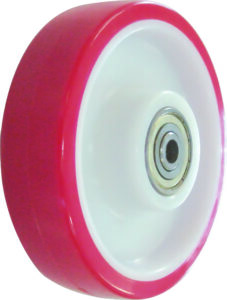
The wheel is arguably the most recognizable part of a caster. It is the round component that rolls on the floor, allowing for movement. Wheels come in various sizes, materials, and tread designs, each selected to suit the caster’s intended use and the conditions of the operating environment. The wheel material determines not just its durability but also factors like floor protection, noise level, and rolling resistance.
3.2 Housing
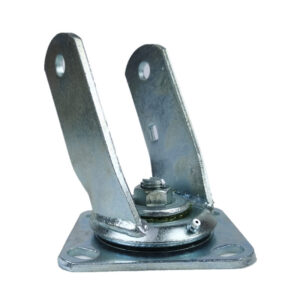
The housing, or yoke, holds the wheel in place and allows it to turn or swivel. In fixed casters, the housing is rigid, keeping the wheel in a straight line, while in swivel casters, the housing is designed to allow for 360-degree movement. The quality of the housing impacts the caster’s load-bearing capability and swivel efficiency.
3.3 Bearings
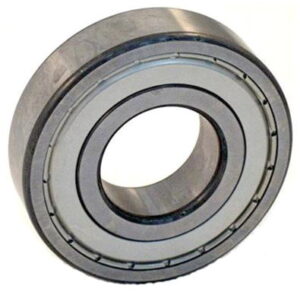
Bearings are small but crucial components housed within the wheel hub or sometimes in the mounting head, depending on the caster design. They facilitate smooth rolling and pivoting by reducing friction between the moving parts, primarily between the wheel and the axle, and also within the swivel head. There are several types of bearings, such as roller, ball, and sleeve bearings, each offering different levels of mobility, load capacity, and durability.
3.4 Mounting Plate
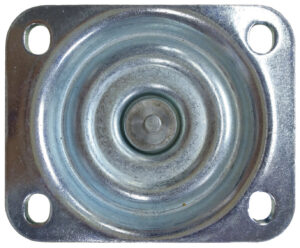
The mounting plate, also known as the top plate, is the flat, typically square or rectangular piece that connects the caster to the object. It serves as a strong anchor, distributing the weight of the load over a wider area, which provides stability and support. The mounting plate is fastened to the object with bolts or screws through the plate’s holes.
3.5 Stem

An alternative to the mounting plate is the stem, which is essentially a post or pin that extends from the top of the caster’s housing. The stem is designed to fit into a corresponding socket or hole on the object. Stems can come in various shapes, such as round, square, or threaded, providing different types of fits for specific applications.
4. The Mechanics of Caster Movement

Casters operate through a combination of rotation and rolling. When you push a cart, the force translates through the stem or mounting plate to the housing. If the caster is designed to swivel, a bearing located above the wheel allows the housing to rotate horizontally, which lets the wheel turn in any direction. This is crucial for maneuverability. As the wheel encounters the floor surface, it rolls, reducing friction and allowing for smooth motion.
The efficiency of movement in a caster is heavily reliant on the wheel’s material and the quality of the bearings. Bearings reduce rotational friction and assist in the distribution of load, factors that directly impact the caster’s capacity to move smoothly under weight.
5. Load Capacity and Caster Performance
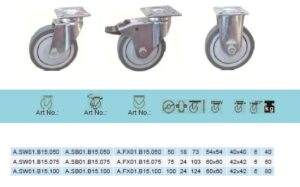
A caster’s performance is not just about how it moves but also its ability to carry weight. The load capacity of a caster is determined by the strength of its components and design. Heavy-duty casters often have reinforced housing and larger wheels made of durable materials like forged steel or iron to handle industrial loads. The distribution of weight over the wheel surface, and how well the caster can pivot or swivel under that weight, plays a vital role in functionality and longevity.
6. Conclusion
The workings of a caster involve a synergy between its design and materials. From providing smooth motion via well-engineered bearings to bearing substantial loads with robust materials, casters are marvels of mechanical engineering. By understanding how casters work, one can appreciate the simplicity and efficiency behind this everyday tool that makes the movement of heavy objects seem almost effortless.

